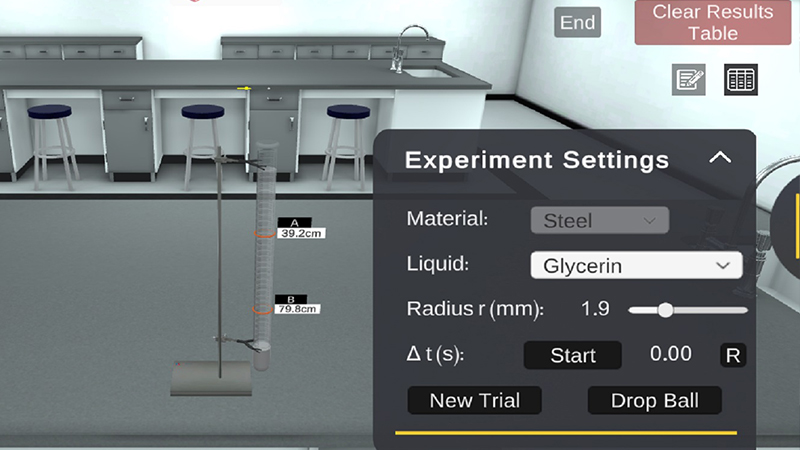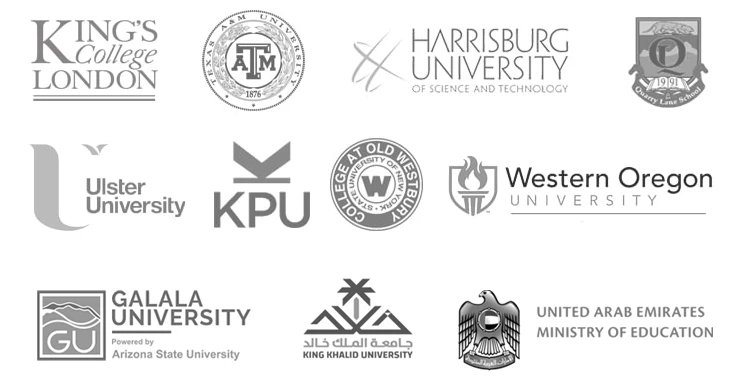Determination of Coefficient of Viscosity by Stokes Method
Physics | Propperties of Matter






2.5M+
Active Users Worldwide
80%
Improved Learning Retention
60%
Reduction in Laboratory Costs
To determine the viscosity coefficient of a liquid using a viscosity simulator inside the viscosity virtual lab.
Stoke's Method
By the end of viscosity simulation, students will learn to:




